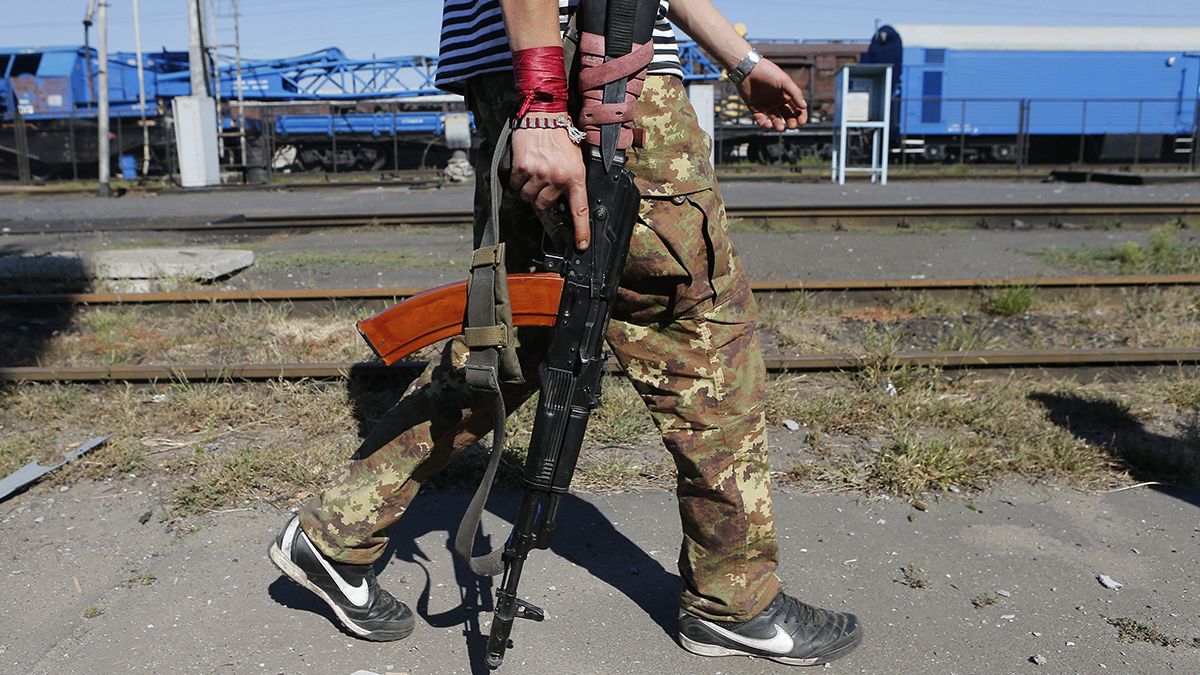Jihadist-inspired local groups or individuals are increasingly challenging traditional security protection against evolving terrorism methods. In
Jihadist-inspired local groups or individuals are increasingly challenging traditional security protection against evolving terrorism methods.
In Mumbai, India, on 26th November, 2008, Lashkar-e-Tayyiba, a Pakistani Islamist terrorist group, struck hotels and the main train station. Ten heavily armed men killed 164 people. Security forces took three days to regain control.
In Toulouse and Montauban, France, in March, 2012, three soldiers and then three children and one adult at a Jewish school were murdered by lone gunman Mohammed Merah, a French petty criminal of Algerian descent who said he was inspired by al Qaeda. He was killed by police after a 30-hour siege.
In Nairobi, Kenya, on 21st September, 2013, Islamist terrorist group al-Shabaab attacked the Westgate Shopping Mall; six men with automatic weapons and grenades killed 68 people; 200 were wounded. The army took four days to regain control.
Security expert Claude Moniquet looked at similarities between those attackers and the murderers of the staff at Charlie Hebdo: “To use a weapon in this context, with people crying, the blood, the smoke, the noise, the enormous stress of killing people, you have to be used to this. You must be trained for it.”
In London, England on 22nd May, 2014, a British soldier named Lee Rigby was struck by a car and then hacked to death by two Britons of Nigerian descent, converts to Islam. Arresting officers wounded them.
In Ottawa, Canada, on 22nd October, 2014, lone gunman Michael Zehaf-Bibeau penetrated the parliament building, fatally shooting a soldier on guard, wounding two people; the shooter, a recent convert to radical Islam, was shot dead in turn by the Sergeant-at-Arms, but the Canadian legislature reconsidered its symbolic openness.
In Sydney, Australia, on 15th December, 2014, lone gunman Man Haron Monis held hostages in a café. He killed two of them before the police killed him. He had faced multiple sexual assault charges and claimed he was a Muslim cleric. Police considered the standoff as a terrorist attack.
Moniquet summed up: “In the past we had a few hundred dangerous people in all Europe. Today, we have at least a few hundred dangerous people in each European country. That means thousands of dangerous people in Europe.”


